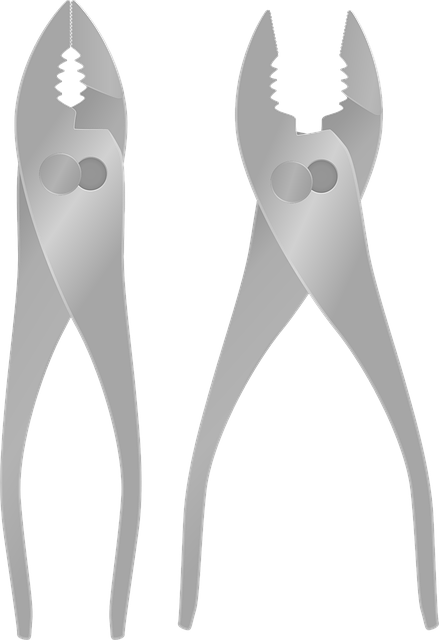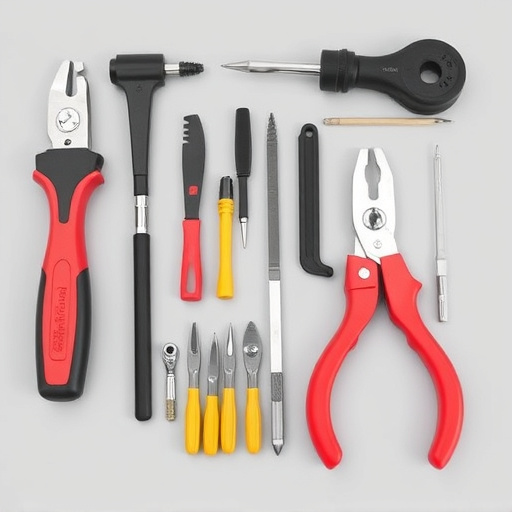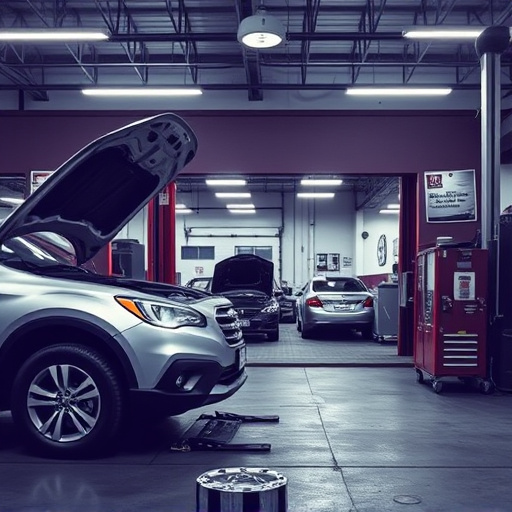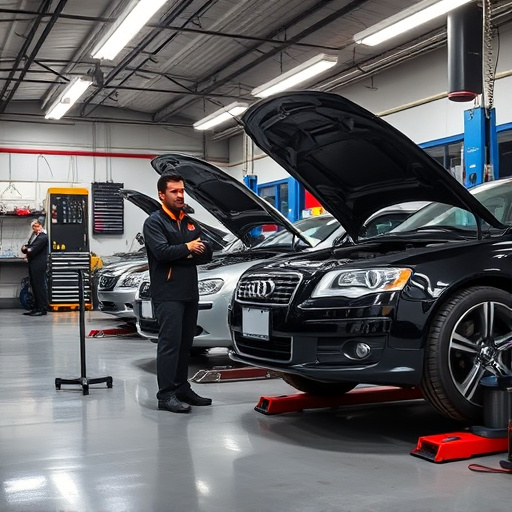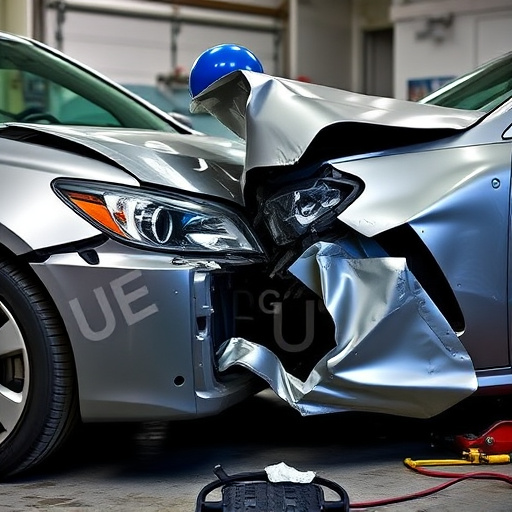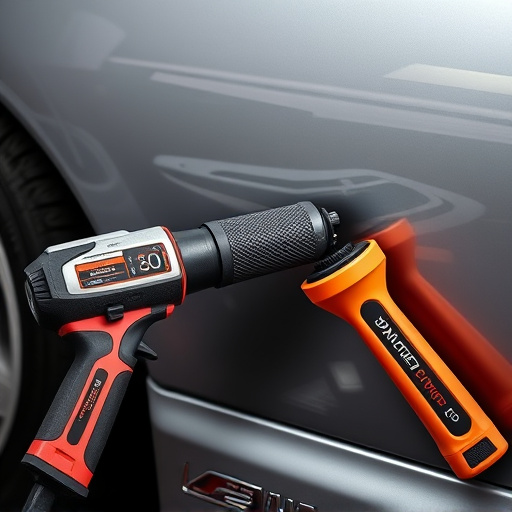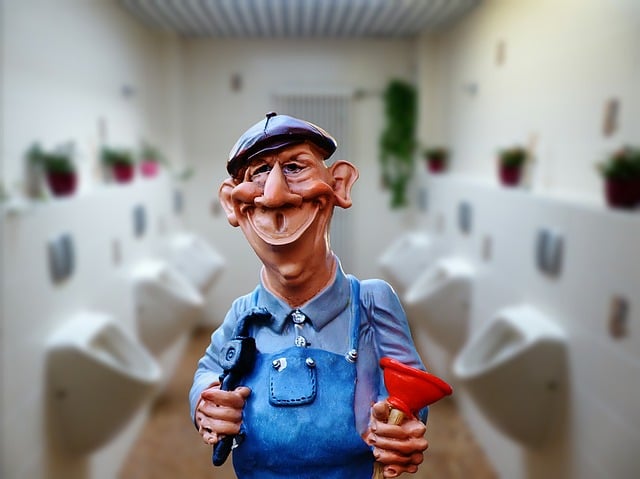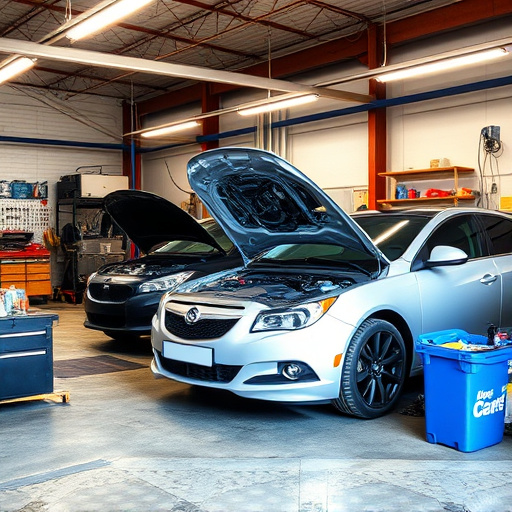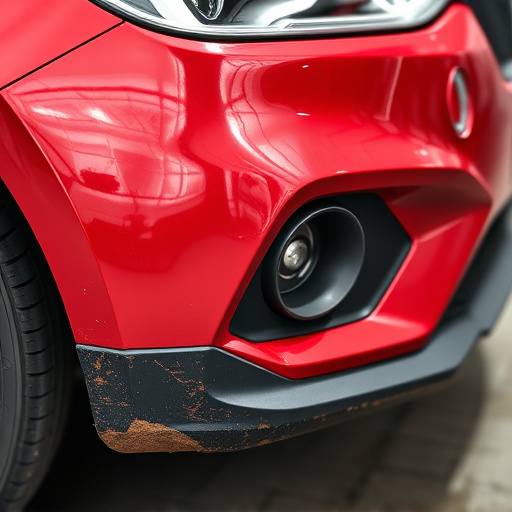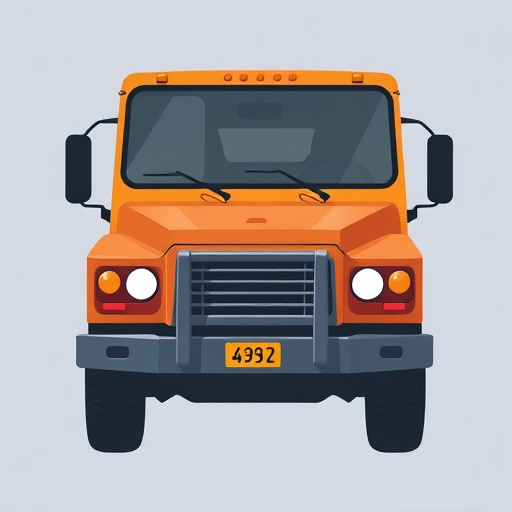Crash damage repair begins with a comprehensive assessment using specialized tools to identify exterior and interior issues. Technicians create detailed restoration plans, including auto glass repair and bodywork services, based on damage severity. Key realignment techniques, utilizing advanced equipment like hydraulic presses and alignment machines, restore structural integrity and pre-accident conditions. This meticulous approach enhances safety, aesthetics, and vehicle resale value, ensuring superior crash damage repair services.
In the realm of automotive restoration, crash damage repair is a complex yet crucial process. This article delves into the strategic realignment techniques that form the backbone of effective crash damage repair procedures. From initial assessment and planning to key realignment methods and tools, we explore how these practices restore structural integrity while prioritizing safety, quality, and longevity. Understanding these techniques empowers professionals to navigate the intricate landscape of crash damage repair.
- Understanding Crash Damage Repair: The Initial Assessment and Planning Phase
- Key Realignment Techniques: Methods and Tools Employed in Restoring Structural Integrity
- Benefits and Considerations: Ensuring Safety, Quality, and Longevity in Crash Damage Repair
Understanding Crash Damage Repair: The Initial Assessment and Planning Phase

When it comes to crash damage repair, the initial assessment and planning phase is crucial. This step involves a thorough inspection of the vehicle, meticulously evaluating every aspect of the impact—from the exterior panel dents and scratches to the interior components and systems affected. Skilled technicians use specialized tools and expertise to pinpoint the extent of the damage, ensuring no hidden issues go unnoticed.
During this critical phase, auto glass repair or car bodywork services may be identified as part of the overall crash damage repair process. By understanding the location and severity of each damage, technicians create a detailed plan for restoration. This meticulous planning guarantees that every element is considered, from replacing dented panels to realigning frameworks, ensuring the vehicle’s safety, functionality, and aesthetic appeal are fully restored.
Key Realignment Techniques: Methods and Tools Employed in Restoring Structural Integrity
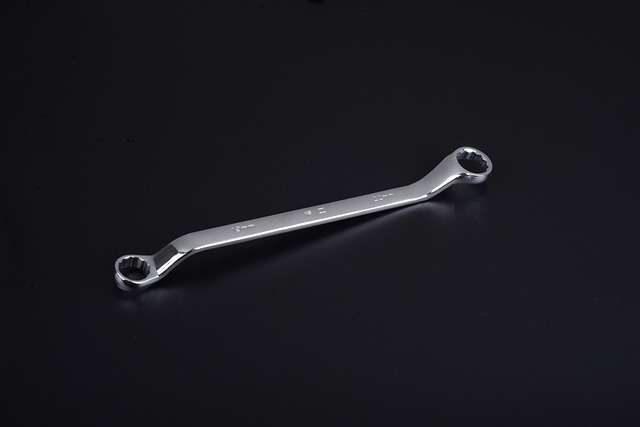
In crash damage repair procedures, key realignment techniques play a pivotal role in restoring structural integrity and ensuring vehicles return to their pre-accident condition. These methods involve precise manipulation of vehicle components back to their original specifications. Specialized tools such as hydraulic presses, rams, and alignment machines are employed to accurately adjust frames, panels, and other parts. Auto body services professionals utilize these tools to correctly realign damaged areas, maintaining the vehicle’s overall structural integrity.
Effective realignment techniques not only fix visible crash damage but also address underlying issues that could compromise safety. Automotive body shops invest in advanced equipment that allows them to perform accurate measurements and adjustments. This meticulous approach ensures that each component is restored to its optimal position, enhancing both the aesthetics and safety of vehicle body repair. By combining these methods with skilled labor, automotive body shops deliver high-quality crash damage repair services, ensuring vehicles are safe and reliable on the road.
Benefits and Considerations: Ensuring Safety, Quality, and Longevity in Crash Damage Repair

In the realm of crash damage repair, a strategic realignment of components is paramount to ensuring safety, quality, and longevity for vehicles. This meticulous process involves skilled technicians who navigate intricate auto bodywork with precision, restoring structural integrity and aesthetic appeal. By employing modern techniques, collision centers can deliver superior results, enhancing customer satisfaction and vehicle resale value.
Realignment techniques offer numerous advantages, including improved vehicle performance, reduced risk of future issues, and a more seamless return to the road. However, considerations such as using specialized equipment, adhering to strict quality standards, and ensuring proper training for technicians are essential. These factors contribute to a robust crash damage repair process, making it a game-changer in the auto industry by providing not just repairs but also peace of mind for vehicle owners.
In conclusion, crash damage repair involves a meticulous process that leverages various realignment techniques to restore structural integrity. From initial assessment to final planning, these methods ensure safety, quality, and longevity in vehicle restoration. By utilizing advanced tools and techniques, professionals navigate the complexities of crash damage, offering a testament to modern automotive craftsmanship. Understanding these processes is key to appreciating the intricate work involved in bringing vehicles back to their pre-incident condition.
